Innovations in Golf Ball Retrievers: The Evolution of Telescopic, Scoop, and Claw Designs
Telescopic Golf Ball Retrievers: A Revolution in Portability and Reach
Telescopic golf ball retrievers have marked a significant shift in the landscape of golf accessories. Characterized by a telescopic mechanism, these retrievers boast collapsible shafts that revolutionize both portability and reach.
The design enables golfers to effortlessly extend the retriever to varying lengths, reaching balls in challenging spots without compromising stability.
The key features of telescopic retrievers include lightweight materials that facilitate easy handling and an adjustable length for versatile ball retrieval.
The convenience of portability is a game-changer for golfers on the move, fitting neatly into golf bags and ensuring that the retriever is always within reach when needed.
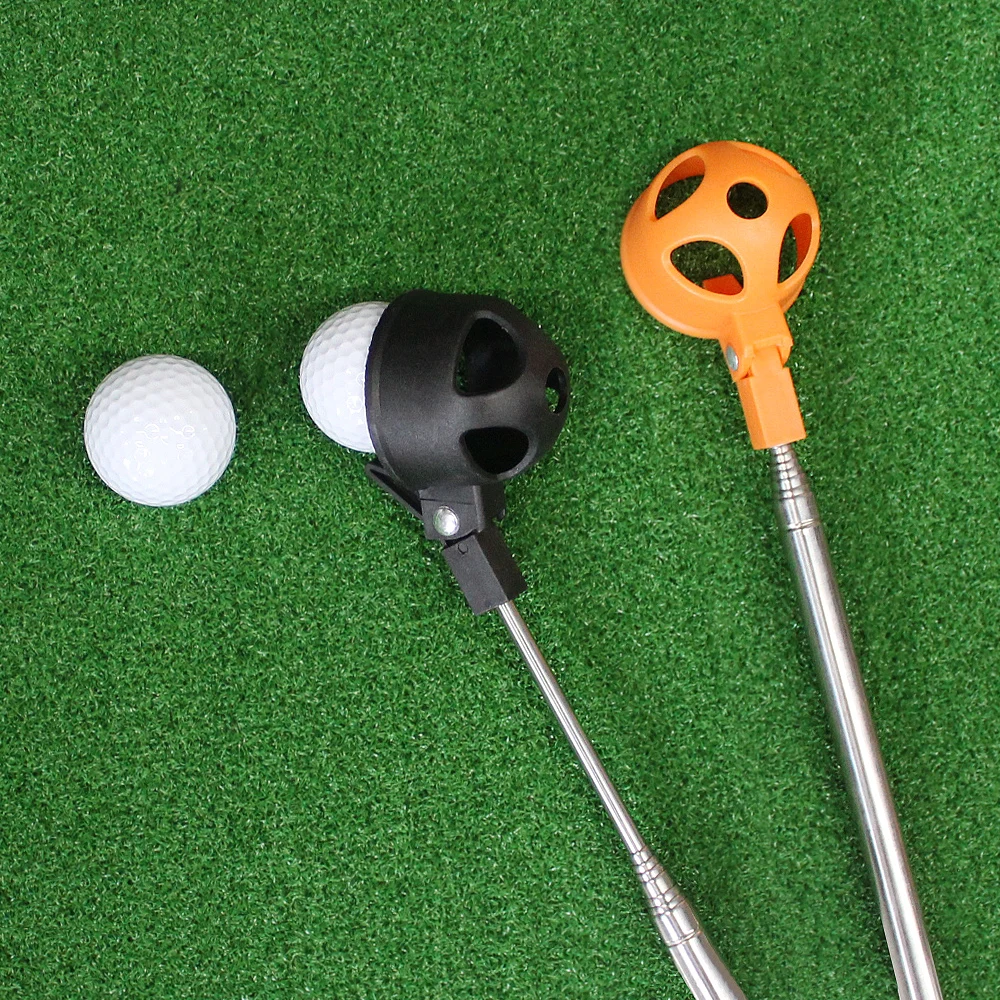
In the evolution of telescopic designs, technological advancements have played a pivotal role. Some retrievers now come equipped with smart features, such as GPS tracking for retrieved balls.
This integration not only enhances the user experience but also adds a layer of functionality beyond the traditional scope of a golf ball retriever. Additionally, there’s a growing trend toward using sustainable materials in the construction of telescopic retrievers, aligning with broader environmental consciousness.
Scoop-style Golf Ball Retrievers: Streamlining Efficiency on Various Terrains
Scoop-style retrievers have emerged as a solution that streamlines efficiency on diverse terrains. The defining feature of these retrievers is the scoop-shaped head, which provides a wide surface area for quick and easy ball pickup.
The versatility of scoop-style retrievers is evident in their ability to adapt to various course conditions, including grass, sand, and water hazards.
The benefits extend beyond mere efficiency; scoop-style retrievers play a crucial role in maintaining the flow of the game. The streamlined process of ball retrieval ensures that golfers can seamlessly continue their game without unnecessary interruptions.
This is particularly advantageous for those using putters, as the risk of the ball rolling away during retrieval is minimized.
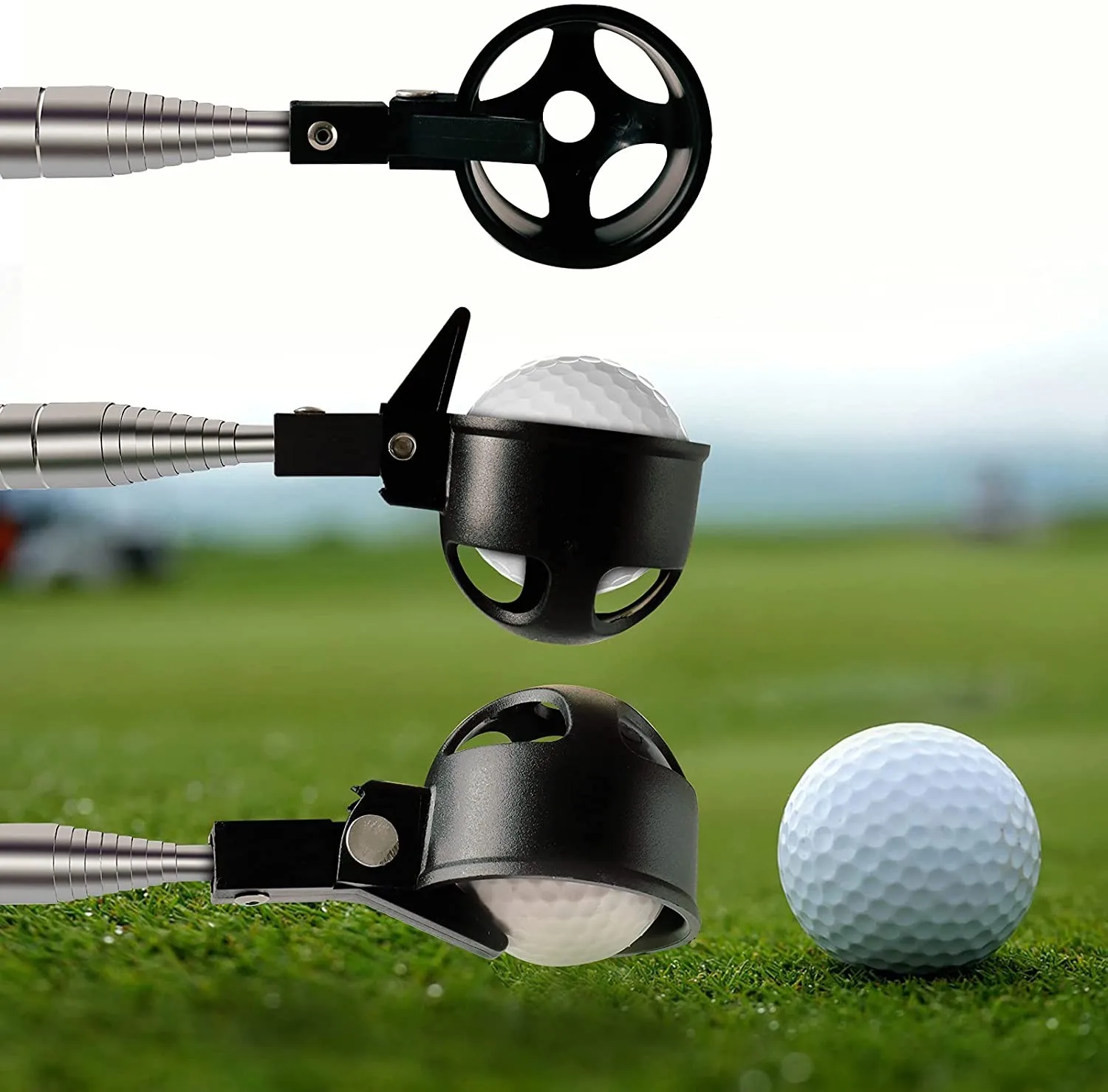
There are two main types of scoop-style retrievers: manual and mechanical. Manual scoop retrievers feature a hand-operated scooping mechanism, providing a user-friendly experience. On the other hand, mechanical scoop retrievers offer automated scooping mechanisms, enhancing efficiency and ease of use.
When choosing a scoop-style retriever, considerations should include material durability and a user-friendly design that aligns with individual preferences.
Claw-style Golf Ball Retrievers: Precision in Ball Retrieval
Claw-style golf ball retrievers introduce a new dimension of precision to ball retrieval. The claw-shaped heads, with their multi-pronged approach, enable golfers to target and capture balls with accuracy.
This design proves invaluable in scenarios where precision is paramount, such as retrieving balls from challenging terrains or specific course challenges.
The advantages of claw-style retrievers extend to their adaptability to different terrains and challenges. Whether faced with rough terrain or intricate course layouts, golfers wielding claw-style retrievers can navigate these obstacles with ease.
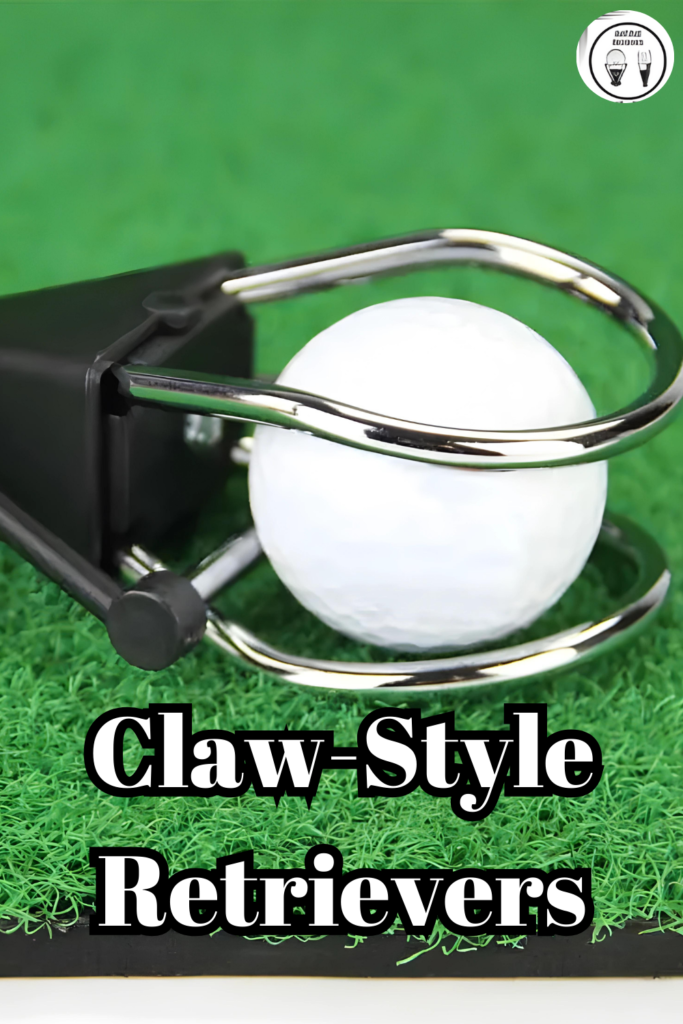
The targeted approach provided by the claw design contributes to improved efficiency in ball retrieval.
Similar to scoop-style retrievers, claw-style retrievers come in manual and mechanical variants. Manual claw retrievers feature a hand-operated claw mechanism, providing a straightforward yet effective design.
Mechanical claw retrievers, on the other hand, employ automated claw mechanisms for enhanced efficiency. When selecting a claw-style retriever, considerations should include material durability, handle comfort, and the type of claw mechanism preferred.
Technological Advancements and Smart Features in Golf Ball Retrievers
Technological advancements in golf ball retrievers are shaping the future of these essential accessories. The integration of smart features, such as GPS tracking for retrieved balls, adds a layer of functionality beyond traditional expectations.
Golfers can now not only efficiently retrieve their balls but also track and analyze their game data seamlessly.
Looking ahead, there is potential for further advancements in automation within golf ball retrievers. Imagine a retriever that can automatically extend or retract based on proximity to the ball, providing an even more streamlined experience for golfers.
Such innovations have the potential to redefine how golfers interact with their equipment on the course.
Sustainable Practices in Golf Ball Retriever Construction
The shift towards sustainable practices is not exclusive to golf clubs or balls; it extends to golf ball retrievers as well. The materials used in the construction of these accessories are increasingly sourced and manufactured with environmental considerations in mind.
From recyclable components to eco-friendly production processes, the golf industry is acknowledging its responsibility to minimize environmental impact.
Eco-conscious golfers can now opt for golf ball retrievers that align with their sustainability values. Manufacturers are exploring alternatives to traditional materials, incorporating recycled or biodegradable options. This evolution signifies a broader commitment within the golfing community to contribute to environmental conservation.
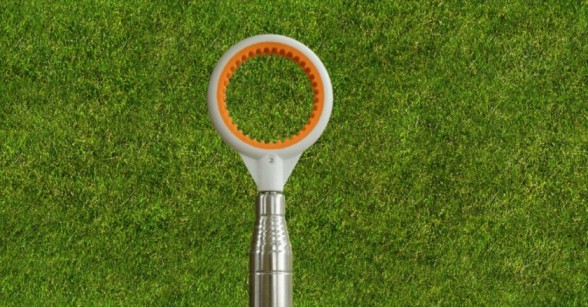
Comparison of Telescopic, Scoop, and Claw Designs
Comparing the various designs—telescopic, scoop, and claw—involves evaluating their respective pros and cons. Telescopic retrievers excel in providing extended reach, making them ideal for situations where distance matters.
Scoop-style retrievers prioritize efficiency and versatility, ensuring a quick and seamless retrieval process on various terrains. Claw-style retrievers stand out for their precision, offering a targeted approach to ball retrieval.
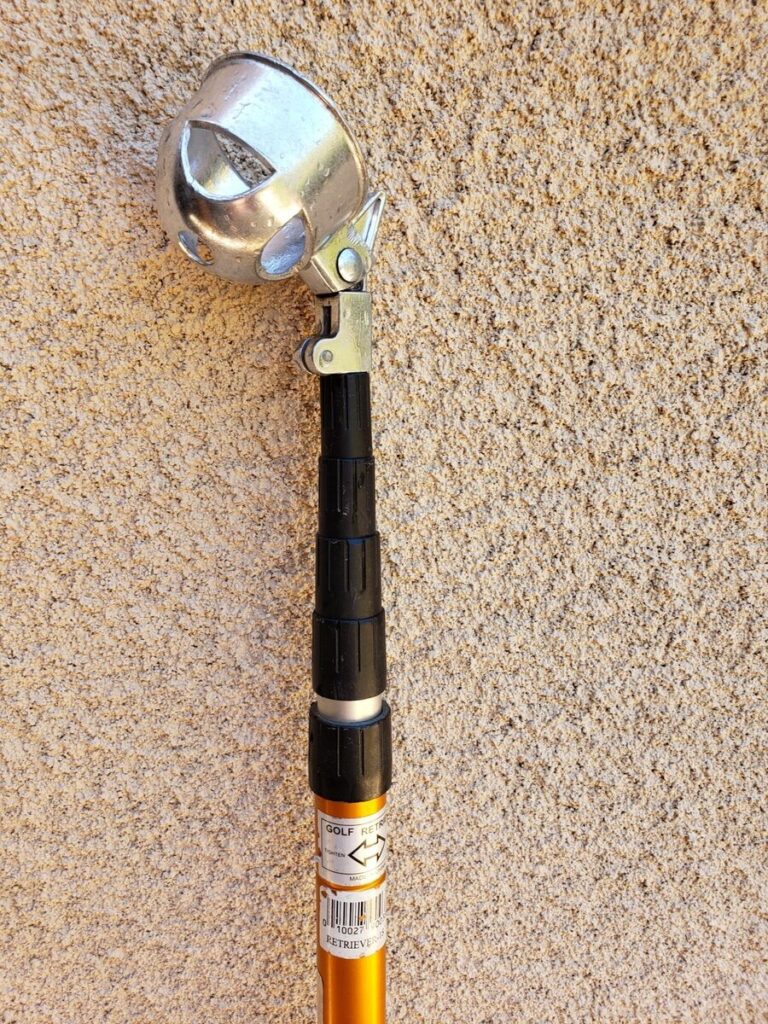
User experiences and feedback play a crucial role in understanding the practicality and challenges associated with each design. Telescopic retrievers, like the Callaway Golf Ball Retriever, often receive positive feedback for their convenience and efficiency.
Scoop style retriever and claw-style retrievers garner appreciation for their adaptability and precision, with user insights shedding light on specific scenarios where each design excels.
The evolution of golf ball retrievers reflects a commitment to enhancing the golfing experience through innovation. Telescopic, scoop, and claw designs cater to different preferences and challenges, providing golfers with versatile options to suit their individual needs on the Golf course.
As technology continues to advance and sustainability becomes a focal point, the future of golf ball retrievers holds exciting possibilities for golfers seeking efficiency, precision, and eco-conscious choices in their equipment.
